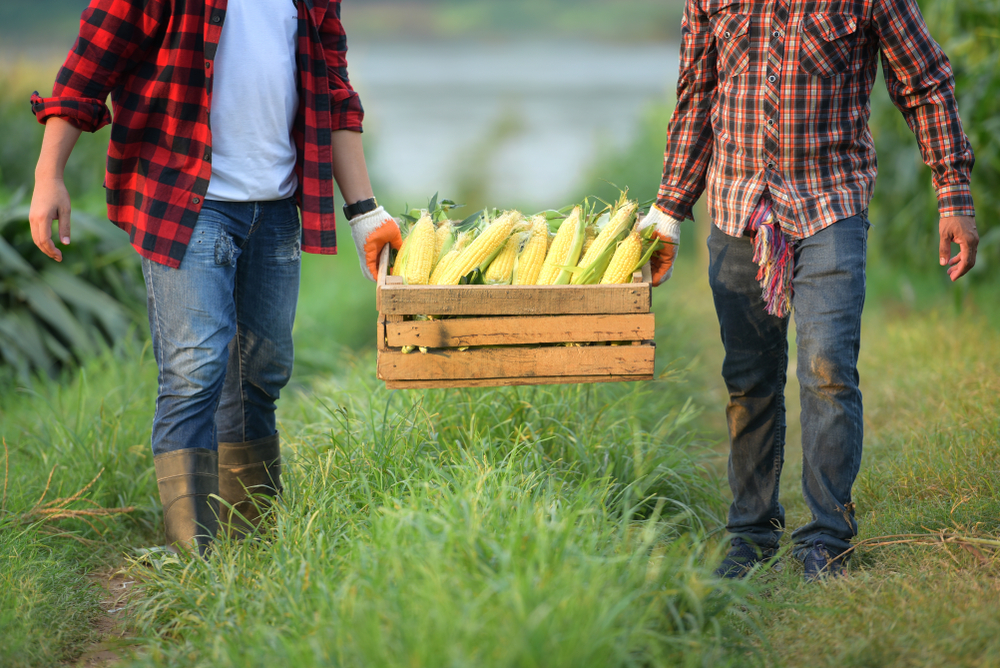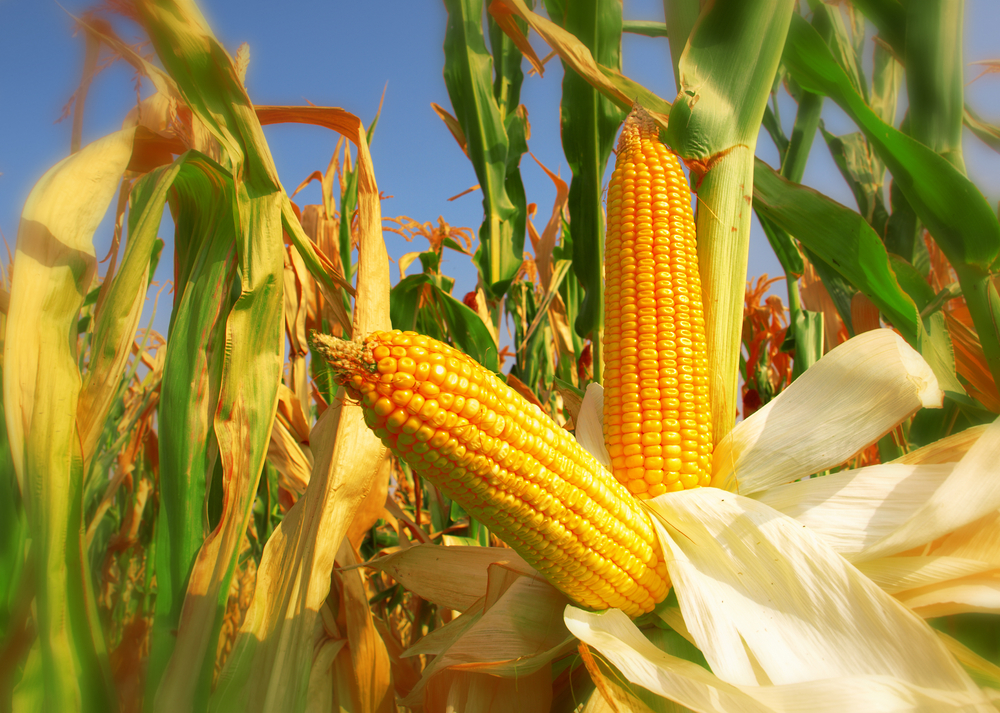Most farmers will start harvesting their crops in July and August, so it being September now many would say we're coming to the end of this year's harvest season; but this is not the case when it comes to the UK corn harvest! The corn harvest generally takes place from late September to November, meaning it isn't too late to get a little advice on the subject.
In fact in many ways now is the best time to be reading up on the UK corn harvest, considering this year has already seen a record number of maize grown in the UK – for the ninth year running – and many of us who are already thinking forward to next year's harvest would no doubt like to see this trend of growth continue in 2015.

- Relatively speaking corn has not been grown in the UK for very long, a little over 200 years in fact; and even then for a good portion of that time corn was not farmed seriously – certainly not compared to wheat or other arable crops. The reason for this is that maize is more easily grown in warmer climates, like that of the USA, Mexico and China; and our summers were rarely warm or consistent enough to grow maize as anything other than a forage crop.
- Fortunately, the last decade or so has seen a series of stunning summers and this has led to a resurgence of interest in the growing of corn; particularly in the south of the UK, in places such as Devon & Cornwall, where the weather tends to be warmer than in the northern areas of the country.
- There are economic factors that make the prospect of growing corn locally incredibly attractive, especially when you consider the demand for it in the UK and how much is imported from overseas. These economic benefits are serving as powerful incentives to many people, as is the fact that corn's versatility allows it be used in a wide range of ways.

- To start with maize can be eaten in its native form, which many know as sweet corn; one of the UK's most popular vegetables, especially amongst children. Maize can also be used to create snacks and cereals, like popcorn – which was first produced in Mexico over 9000 years ago – and corn flakes – which have just had their 120th birthday. Maize is also used to produce the sweet-tasting 'Corn Syrup', a commonly used food sweetener in the U.S.
- You can tell when corn is ready to harvest when the tassels toward the top of the cobs have turned brown, and you can check this by peeling back a little bit of the leaves to reveal the corn. All you need to do then is give one piece of corn a little squeeze, and if a creamy liquid comes out then you know it is ripe; if however the liquid is watery it will need a little longer to ripen.
- Corn is best harvested in dry conditions, and though it's best to harvest it in November, rain will not easily destroy this hardy crop; so there is not too much need to worry if you are delayed slightly by rain. Each plant ought to produce one or two cobs of corn, so this should give you a rough idea of how much of the crop you can expect to harvest.
